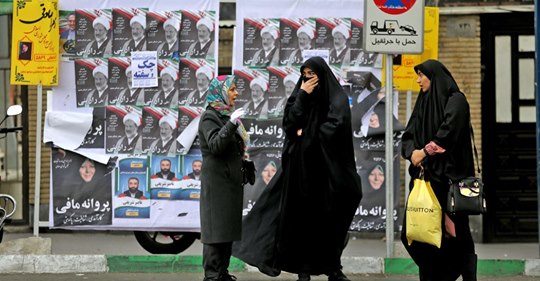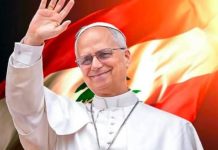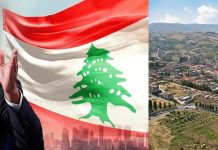Iran’s Stacked Elections and Radicalization
Charles Elias Chartouni/February 21/2020
شارل الياس شرتوني/الانتخابات الإيرانية: غش وتطرف
The outcomes of Iranian elections are already anticipated with the elimination of 7000 candidates from the electoral contest, and as a completion of the repression cycle ushered by the regime’s radicals.
It seems that the Iranian dictatorship is steeling itself for a long hauled confrontation policy with the US, the pursuit of a collision course all along the Middle Eastern geopolitical spectrums, and the fierce clampdown on internal oppositions.
This turn of events is no radical departure from earlier patterns of conduct, since the regime has always demonstrated its unwillingness to normalize at the international level and liberalize internally, in spite of the forceful liberalizing trends and popular pressure towards normalization and diplomatic overtures.The double bind between normalization and liberalization accounts for the deliberate spiking of international negotiations, strategic waffling, pursuit of aggressive political expansionism in the larger Middle East, and the politics of systematic repression homeward.
As a matter of fact, this is a variant of a well established repertoire along which this dictatorship has always operated, and with no major tampering with the script and its operational modulations.
The US, the EU and the international community have to reckon with this new couse of open confrontation and adjust its responses to the challenges it elicits around a series of strategic issues: the future of the nuclear accords, the relevance of the mitigated European response, the next stage of the US repressive measures and the coordination of regional responses, and their impacts on the fortunes of internal oppositions.
The internal radicalization course is far from being a self contained phenomenon, and any counter-strategy should be predicated and coordinated on the very basis of its ideological purview and subversive political aims, with no second guessing and stifling mental restrictions.
Those who are betting on moderating courses through everlasting diplomatic simulations, with no true engagements and straightforward policy options, are fooling themselves once again with elusive cooptation scenarios.
Those who are ascribing the actual regressive course to the Trump administration containment policy, omit the fact that the nuclear accords were adeptly manipulated to conceal the murky engagement in this regard, dismiss the bolting destabilization strategy throughout the Middle East and its multiple hazards, and the enhanced repression inside Iran.
Totalitarian dictatorships are obstinate and hard coarse, sanctions are inevitably going to double down and the internal oppositions are taking the brunt of these convoluted courses of repression, deterioration of basic life standards and perpetuated international isolation.
The question to be raised at this stage, is for how long the interlocking actors, each in his or her own right, are likely to cope with the enduring foreclosures and preempt the destructive courses of open ended conflicts and discretionary subversion?
Hezbollah strategic equivocations and security gambling are eliciting harsh feedbacks on the Israeli side, its double speak insofar as normalization and systemic reforms in Lebanon are concerned, and the harsh repression on the Iraqi Shiite oppositions, are quite illustrative of the meandering and destructive courses that loom in the horizon of an already imploded Middle East, and deepen its strategic hazards and structural volatility, Caveat emptor.
Iran’s leaders disqualified more than 7,000 candidates, including most moderates and centrists, paving the way for tougher domestic and foreign policies.





















